A particle starts from rest and moves on a curve with constant angular acceleration of 3.0rad/s2. An observer starts his stopwatch at a certain instant and recond that the particle covers an angular span of 120 rad at the end of 4th second. How long the particle has moved when the observer started his stopwatch?
Let the instants when the particles starts moving and the observer starts his stopwatch, are t0=0 to t=t1. Denoting angular positions and angular velocity at the instant t=t1 by θ1 and ω1 and the angular position at the instant t2=t1+4s by θ2, we can express the angular span covered during the interval from eq.
θ−θo=ωot+12αt2→θ2−θ1=ω1(t2−t1)+12α(t2−t1)2
Substituting values θ1,θ2,t1 and t2, we have ω1=24rad/s
From eq. ω=ω0+αt, we have ω1=ω0+αt1
Now substituting ω0=0,ω1=24 and α=3rad/s2, we have t1=8.0s
Topper's Solved these Questions
- BOOK - ALLENCHAPTER - KINEMATICSEXERCISE - EXERCISE-0155videos
KINEMATICS
- BOOK - ALLENCHAPTER - KINEMATICSEXERCISE - EXERCISE-0257videos
KINEMATICS
- BOOK - ALLENCHAPTER - ERROR AND MEASUREMENTEXERCISE - Part-2(Exercise-2)(B)22videos
ERROR AND MEASUREMENT
- BOOK - ALLENCHAPTER - KINEMATICS (MOTION ALONG A STRAIGHT LINE AND MOTION IN A PLANE)EXERCISE - BEGINNER S BOX-78videos
KINEMATICS (MOTION ALONG A STRAIGHT LINE AND MOTION IN A PLANE)
Similar Questions
Knowledge Check
- Question 1 - Select One
A particle starts from rest and moves with constant acceleration. Then velocity displacement curve is:
A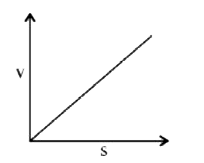 B
B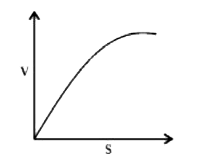 C
C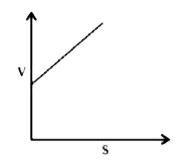 D
D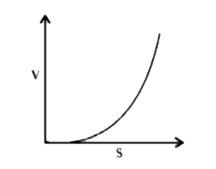
- Question 2 - Select One
A particle starts from rest and moves with an angular acceleration of 3 rad/s2 in circle of radius 3 m . Its linear speed after 5 seconds will be
A15 m/sB30m/sC45m/sD7.5m/s - Question 3 - Select One
A particle starts from rest at t=0 and moves in a straight line with an acceleration as shown below. The velocity of the particle at t=3 s is
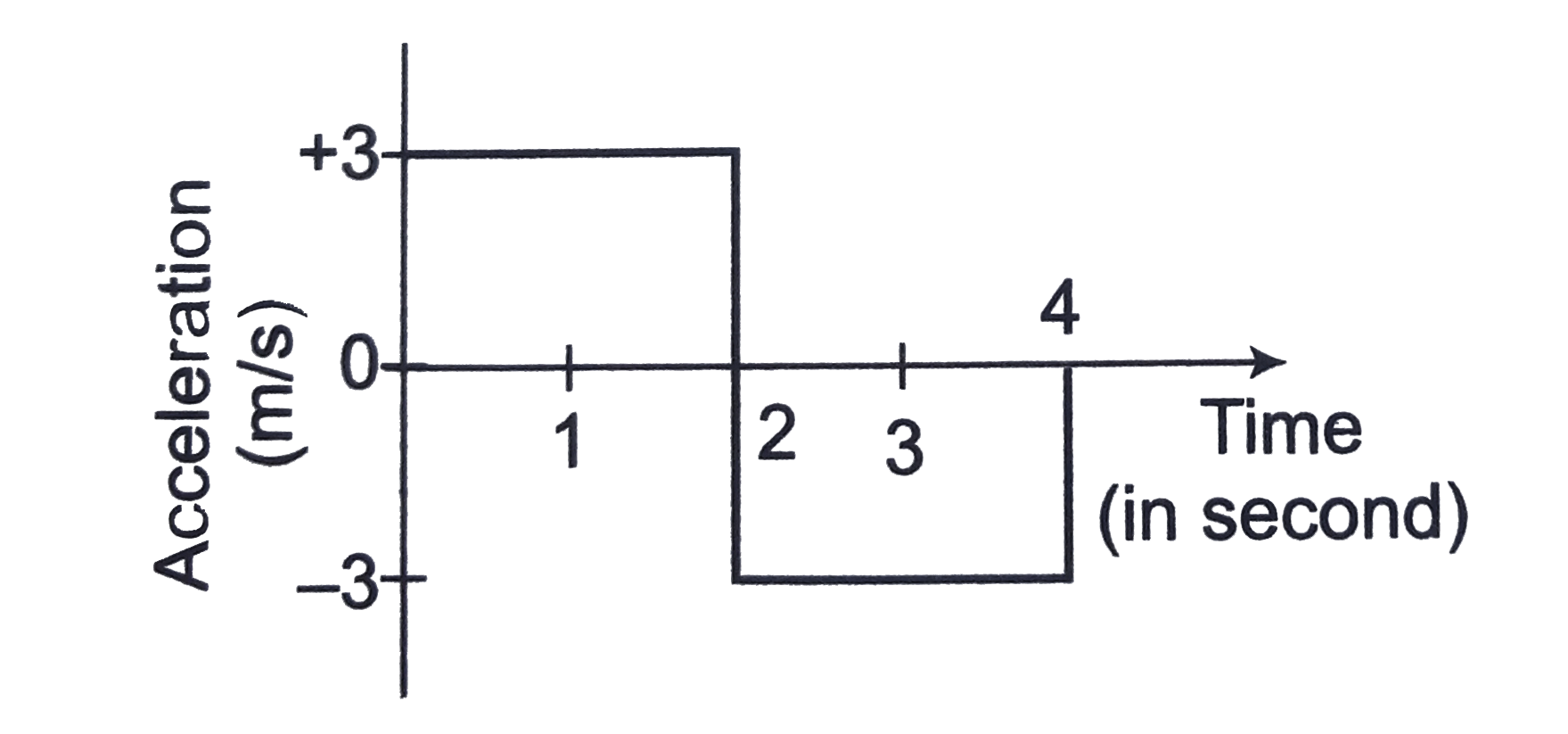 A2m/sB3m/sC4m/sD6m/s
A2m/sB3m/sC4m/sD6m/s
A particle moves along a circular path a radius 15 cm with a constant angular acceleration of 4 "rad/s"^(2). If the initial angular speed of the particle was 5 rad/s. Find its angular displacement in 5 seconds.
View SolutionA particle starting from rest moves along a straight line with constant acceleration for this velocity displacement graph will have the form-
View SolutionA particle starting from rest moves with a constant angular acceleration α in a circular path. The time at which the magnitudes of tangential and radial acceleration are equal is -
View SolutionA particle starts from rest at t=0 and moves in a straight line with an acceleration as shown below. The velocity of the particle at t=3 s is
 View Solution
View SolutionA particle starts with constant angular acceleration of 2 rad/s2 in a circle of radius 4m. Find angle between net acceleration and radial acceleration after 2 s :-
View Solution

